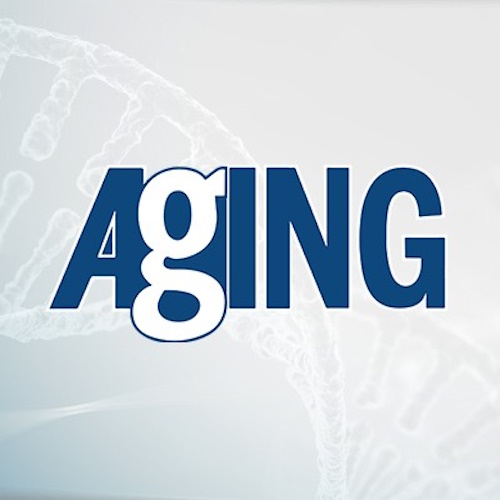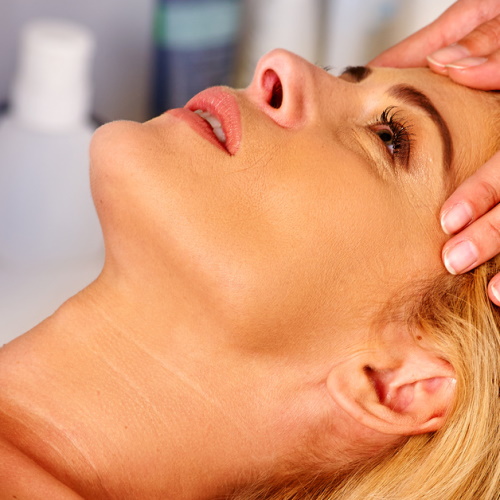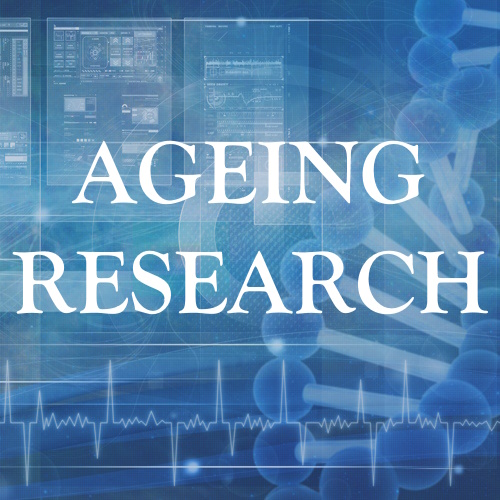Ageing is a complex process that impacts every part of the body, but one of the most visible areas affected is the skin. Wrinkles, loss of elasticity, and slower wound healing are all signs of ageing skin. These changes happen at the cellular level, and in a recent study, researchers explored how skin cells, specifically dermal fibroblasts, alter their protein composition as they age. This groundbreaking research has provided new insights into the molecular mechanisms behind ageing skin and may one day lead to more effective anti-ageing treatments.
What Are Dermal Fibroblasts and Why Do They Matter?
Dermal fibroblasts are the powerhouse cells of the skin's dermis, the thick layer beneath the surface (epidermis). These cells are crucial for maintaining skin structure and function because they produce collagen, elastin, and other extracellular matrix (ECM) proteins. ECM proteins are like the scaffolding that holds skin together, providing strength and elasticity.
However, as we age, the ability of fibroblasts to produce these essential components diminishes. The study we’re discussing today delves into how fibroblasts in young and aged skin differ at the molecular level by comparing their proteome (the complete set of proteins they produce) and secretome (the set of proteins they secrete). Understanding these differences can help explain why aged skin looks and behaves differently from young skin.
Ageing: A Tale of Two Processes
Before diving into the specific findings of the study, it’s important to understand the two main processes that contribute to skin ageing: intrinsic and extrinsic ageing.
- Intrinsic Ageing: This is the natural ageing process driven by genetics. As we grow older, cellular functions slow down, and the production of key proteins like collagen decreases. Intrinsic ageing leads to thinner skin, reduced elasticity, and slower wound healing.
- Extrinsic Ageing: This refers to environmental factors like sun exposure, pollution, and smoking, which accelerate the ageing process. Ultraviolet (UV) radiation, in particular, is a major culprit in extrinsic ageing, causing collagen breakdown and wrinkles.
Both intrinsic and extrinsic ageing influence how fibroblasts function. The study we’re focusing on specifically looked at the intrinsic ageing process by comparing fibroblasts from young and aged individuals.
Role of Proteins in Ageing Fibroblasts
The researchers behind this study took samples from young (<35 years old) and aged (>55 years old) donors and cultured the fibroblasts from their skin. Using advanced techniques like high-pressure liquid chromatography and mass spectrometry (HPLC/MS), they analysed the proteins in both the secretome and proteome of the fibroblasts. Here’s what they found:
1. Protein Secretion Decreases with Age
One of the major findings of the study is that aged fibroblasts secrete fewer proteins than young fibroblasts. This reduction in protein secretion could be a key factor in why aged skin heals more slowly and has reduced elasticity. In particular, aged fibroblasts were found to secrete significantly fewer proteins involved in extracellular matrix organisation, such as collagen and elastin.
For example, the study found a 77% decrease in the number of secreted proteins in aged fibroblasts compared to young ones. This dramatic reduction suggests that aged fibroblasts are less capable of maintaining the skin’s structural integrity, leading to the visible signs of ageing like sagging and wrinkles.
2. Changes in Cytoskeletal Proteins
The cytoskeleton is the internal framework of the cell, giving it shape and helping it move. In fibroblasts, the cytoskeleton is also involved in wound healing and the production of extracellular matrix proteins. The researchers found that many of the proteins that changed significantly with age were related to the cytoskeleton.
Key cytoskeletal proteins, such as Coronin 1C (CORO1C) and Filamin B (FLNB), were found to be upregulated in aged fibroblasts, while others, like Cofilin (CFL1) and Actin alpha cardiac muscle 1 (ACTC1), were downregulated. These proteins are involved in actin-filament polymerisation, a process that is essential for cell movement and stability.
This imbalance in cytoskeletal proteins may contribute to the reduced motility and function of aged fibroblasts, which could explain why aged skin takes longer to heal and why it loses its youthful structure over time.
3. Increased Accumulation of Cytoplasmic Proteins
While aged fibroblasts secrete fewer proteins, the researchers found that they accumulate more proteins within the cytoplasm. In fact, aged fibroblasts had a 67% increase in the number of proteins in their cytoplasm compared to young fibroblasts.
This finding is intriguing because it suggests that aged fibroblasts may be producing proteins but are unable to effectively secrete them into the extracellular matrix where they are needed. Instead, these proteins build up inside the cell, potentially disrupting normal cellular functions.
Why These Findings Matter
The proteins identified in this study are critical for maintaining skin health, structure, and function. The fact that their expression changes so dramatically with age highlights the molecular basis for many of the visible signs of ageing, such as wrinkles and slower wound healing.
Here are a few key takeaways from the study:
- Reduced Protein Secretion: Aged fibroblasts secrete fewer proteins, especially those related to the extracellular matrix. This reduction may lead to weaker skin that is more prone to wrinkles and sagging.
- Cytoskeletal Imbalance: Changes in cytoskeletal proteins affect the ability of fibroblasts to move and heal wounds. This could explain why older individuals experience slower wound healing and why their skin loses its youthful structure.
- Protein Accumulation: The accumulation of proteins in the cytoplasm suggests that aged fibroblasts may have difficulty processing and exporting proteins, which could further contribute to ageing-related dysfunction.
These findings deepen our understanding of the cellular processes that underlie skin ageing and open up new avenues for anti-ageing research.
What’s Next? Potential Applications for Anti-Aging Treatments
The insights gained from this study could have important implications for the development of anti-ageing treatments. By targeting the proteins and pathways that change with age, researchers may be able to develop therapies that slow down or even reverse some of the signs of skin ageing.
Here are a few potential areas where this research could lead to new treatments:
Cytoskeletal Stabilisers: Since changes in cytoskeletal proteins like Cofilin and Coronin 1C are linked to ageing, drugs that stabilise the cytoskeleton could help improve fibroblast function and promote healthier skin.
Protein Secretion Enhancers: Therapies that boost the ability of aged fibroblasts to secrete extracellular matrix proteins could help restore the skin’s structure and reduce wrinkles.
Proteasome Modulators: Since aged fibroblasts accumulate proteins in the cytoplasm, modulating the proteasome (the cell’s protein-degradation machinery) could help prevent the buildup of excess proteins and improve cell function.
New Understanding of Ageing Skin
The study of fibroblasts and their proteins offers exciting new insights into how and why our skin ages. By understanding the molecular changes that occur in aged fibroblasts, we are getting closer to developing targeted therapies that could one day keep skin looking youthful for longer.
The findings from this study emphasise the importance of cytoskeletal proteins and the balance between protein secretion and accumulation in maintaining healthy skin. While more research is needed to translate these findings into real-world treatments, the future of anti-ageing science looks promising.
As researchers continue to unravel the mysteries of ageing at the cellular level, we can look forward to a new generation of skincare products and treatments that work with the body’s natural processes to keep our skin looking its best.
The study is published in the journal Aging. It was carried out by Francoise Boismal from Paris Cité University.







